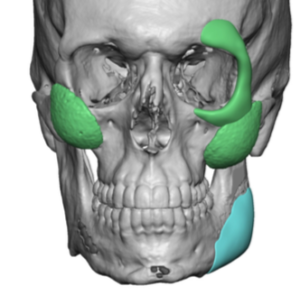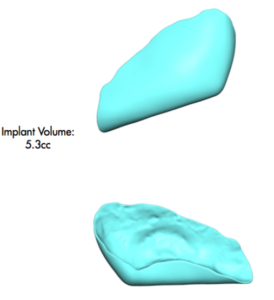Background: While facial asymmetry is common and often viewed as a favorable personal trait, this is only true in more minor forms of it. In more significant facial asymmetries such a favorable feeling about it is never shared by the patient. Of course the interpretation of what constitutes minor vs more significant facial asymmetries is very individually based.
Most more significant forms of facial asymmetries are developmental in origin and are often complete. A complete asymmetry refers to involving the entire face.The completeness of the facial asymmetry may often be subtle in its effect but is often there on close inspection. Usually the eye area or lower jaw are most affected and in more significant asymmetries both areas are affected with obvious vertical facial shortening. (decreased eyebrow to jawline vertical length)
Lower jaw abnormalities in vertical shortening facial asymmetries typically has a high and wide shape. The lower jaw is deviated to the shorter side with a jaw angle that is higher and wider than the opposite side. The chin point is also shifted to the short side as the body of the lower jaw has less horizontal length.
In both assessing and treating facial asymmetries a 3D CT is needed to determine both the shape of the facial bones and how to best make them more symmetric.
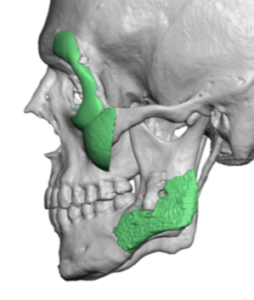
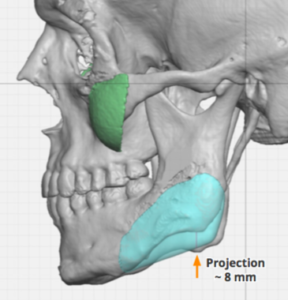
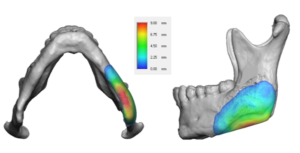
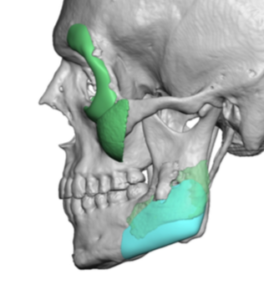
Case Highlights:
1) A misshapen lower jaw is a very common part of an overall facial asymmetry.
2) The asymmetric lower jaw typically has a higher and wider jaw angle shape with chin deviation.
3) The most assured technique for improving jawline symmetry is a custom designed jaw angle implant.





